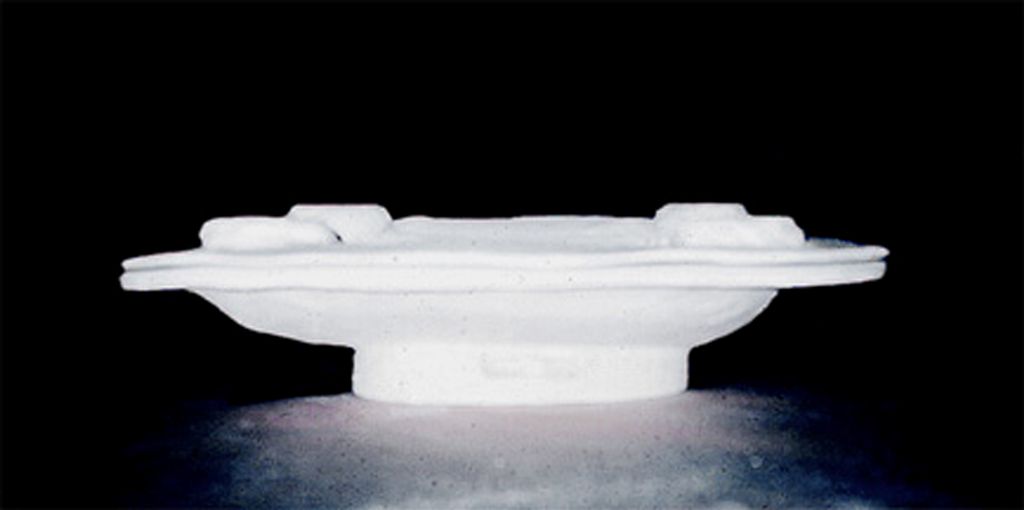JPT No. 1 – A technique to create form-fitted, padded plaster jackets for conserving vertebrate fossil specimens
Jabo, S.J.; Kroehler, P.A. and Grady, F.V.
Department of Paleobiology, Smithsonian Institution, P.O. Box 37012, Natural History Museum, MRC-121, Washington, DC 20013-7012. USA; Email: jabos@si.edu
ABSTRACT
In many cases, vertebrate fossils lying on storage shelves are in danger of falling to pieces – whether it is from ancient glues and hardeners, ambient vibration, or handling. Many methods have been tried to reduce the wear and tear on specimens, though few seem to fully protect them. The Smithsonian Institution has developed a multi-step process of protecting fossil vertebrates with foam-padded, plaster jackets made of hydrocal gypsum cement, surmat fiberglass cloth, and ethafoam padding. Custom-fit, two-piece jackets with handles and feet on both sides that bolt together are created to fully encase the specimens. These enable a person to lift off a side, fully examine one side of even the most delicate specimen, and then flip it over to examine the other side. This eliminates excessive handling, and reduces the chances for breakage.
An active program has been implemented to jacket all of the Smithsonian’s vertebrate paleo speci-mens. So far, many of the titanothere skulls, toothed and baleen whale skulls, Plesippus skulls, Teleoceros skulls, turtle shells and sauropod bones have been jacketed. Many jacketed bones have already been safely shipped to our Museum Support Center storage facility in Suitland, Mary-land, with more of the collections targeted for jacketing and relocation.
Many fossil vertebrate specimens are at risk of deterioration over the course of time. Among the causes of this common problem are the deterioration of old consolidants and adhesives, inadequate support for the weight of the specimen, ambient building vibrations, and the handling of the bones by staff and researchers. (Figure 1) Though there are few papers written on this subject, the many versions of support systems found in research

